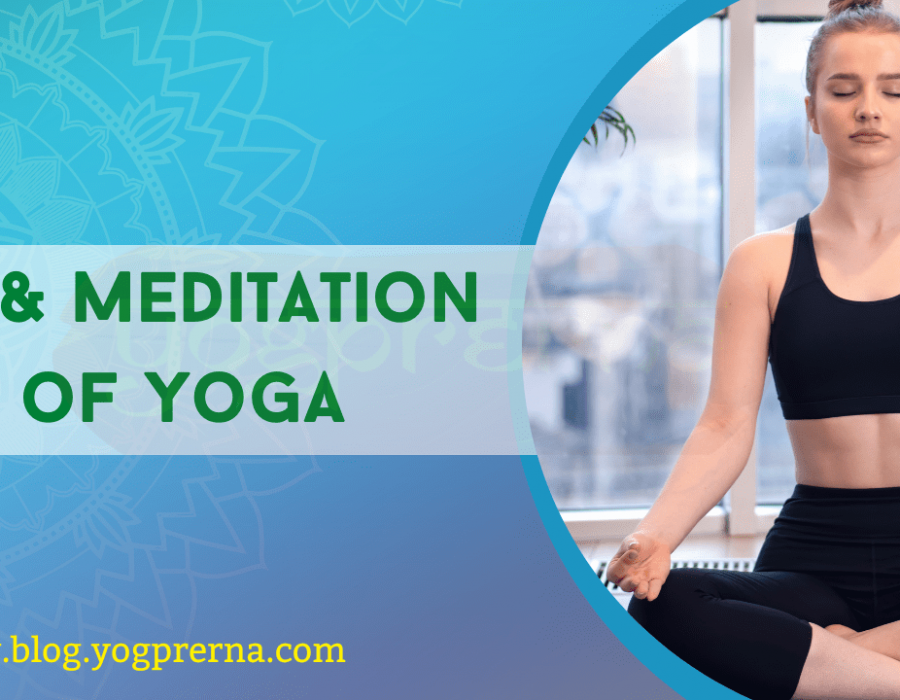Art of Yoga and Meditation
The word "yoga" is derived from the Sanskrit language. Yoga, which literally means "to come together," unites a person with their innermost self or integrates the functional systems of the body and brain.
It is a technique where a person's physical and mental health is aided by a few simple activities. Breathing, which involves the passage of air through the body and, as a result, the insufficient flow of blood through various body parts, is the basis of yoga's therapeutic process. The term "controlled breathing" or pranayama perfectly describes what yoga is all about.
The Vedas, the earliest records of Indian civilization, is where yoga is said to have its beginnings. It is believed to have existed some 5,000 years ago. Its primary goal is to prepare the individual to see their own potential.
Sensory, body, breath, and mind are the four components of yoga and meditation. It takes skill to be aware of, embrace, comprehend, and develop each of these various sides of who we are.
One becomes more conscious of how the mind is influenced by smell, taste, touch, sight, and hearing by training their senses. One starts to notice how the body purifies and removes in various ways, the subtle impact of our physical drive on activities and artistic expression, the wonderful variations of motion and dexterity in handling objects, and the amazing process of speaking. The ability to observe, acknowledge, appreciate, and train these faculties is clearly a skill.
In order to achieve the positions, one must maintain a high level of awareness and concentration. This is what yoga postures teach.
Through the use of breathing exercises, one can examine how very slow and smooth their breaths can be made, eliminating oddness and disruptions. As a result, the mind can become still and the physical body can settle down. This is also a form of art.
Once the initial discomfort with settling the conscious mind has subsided, the brain is exposed as a magnificent instrument with several currents and cross-currents. The meditator discovers that "who we are" transcends the mind, nevertheless, and that the examination of ideas and emotions is a stimulating and pleasurable part of the journey to the center of consciousness. Exploring it is also an art.





Comments